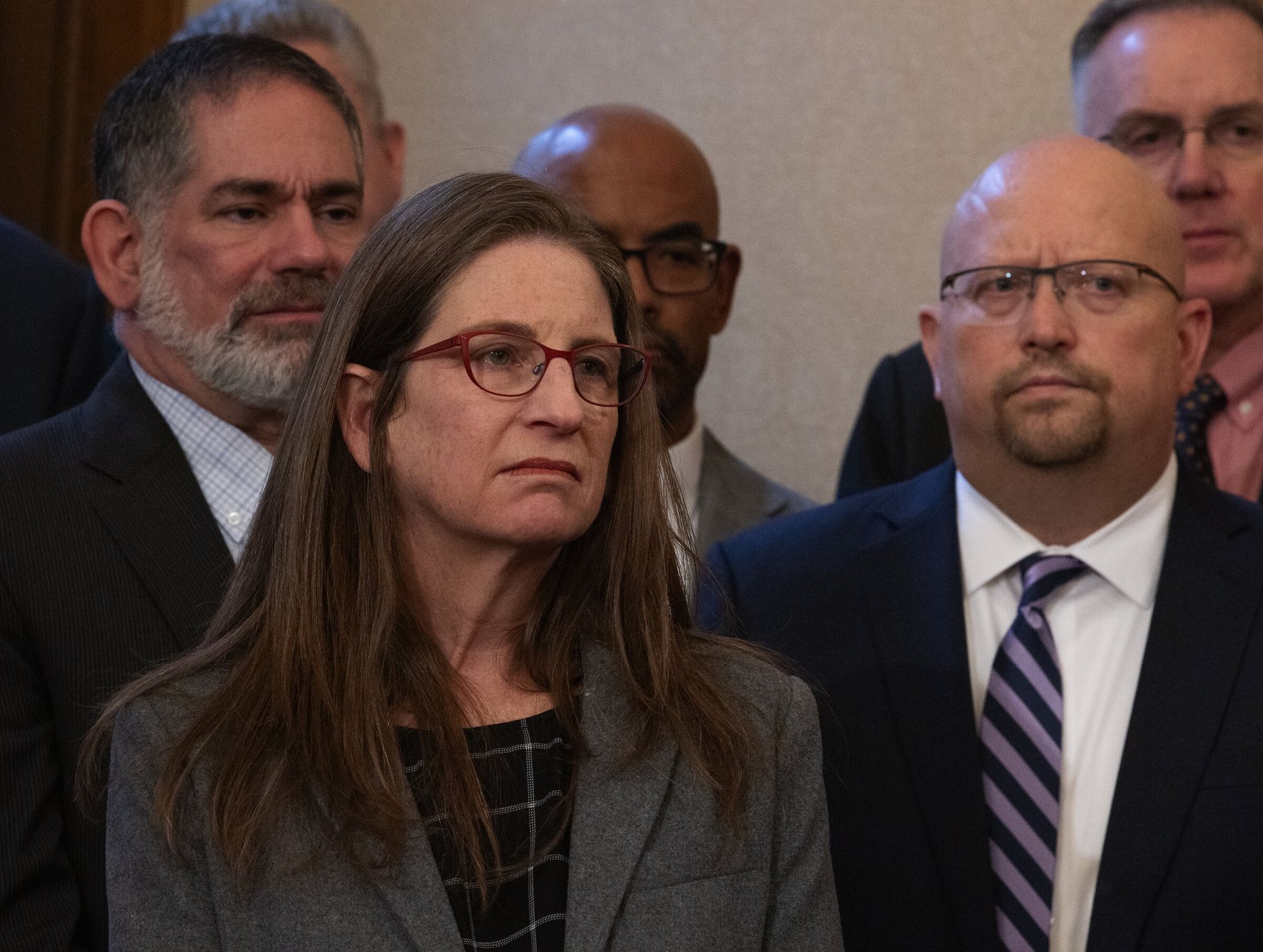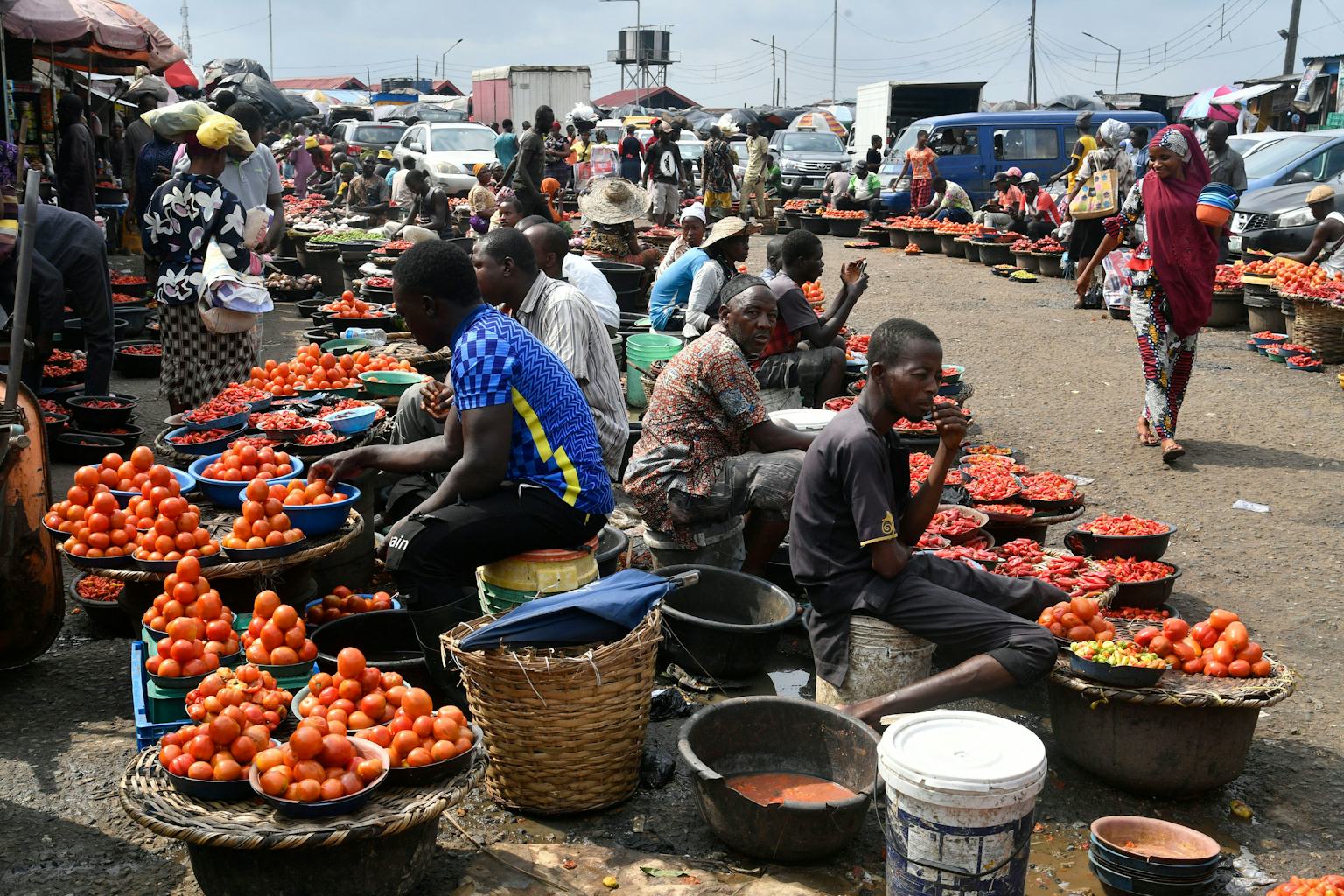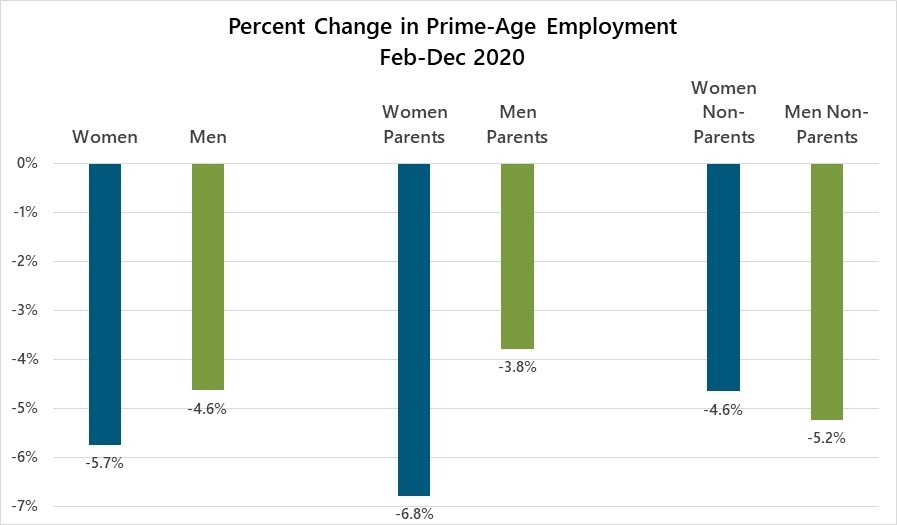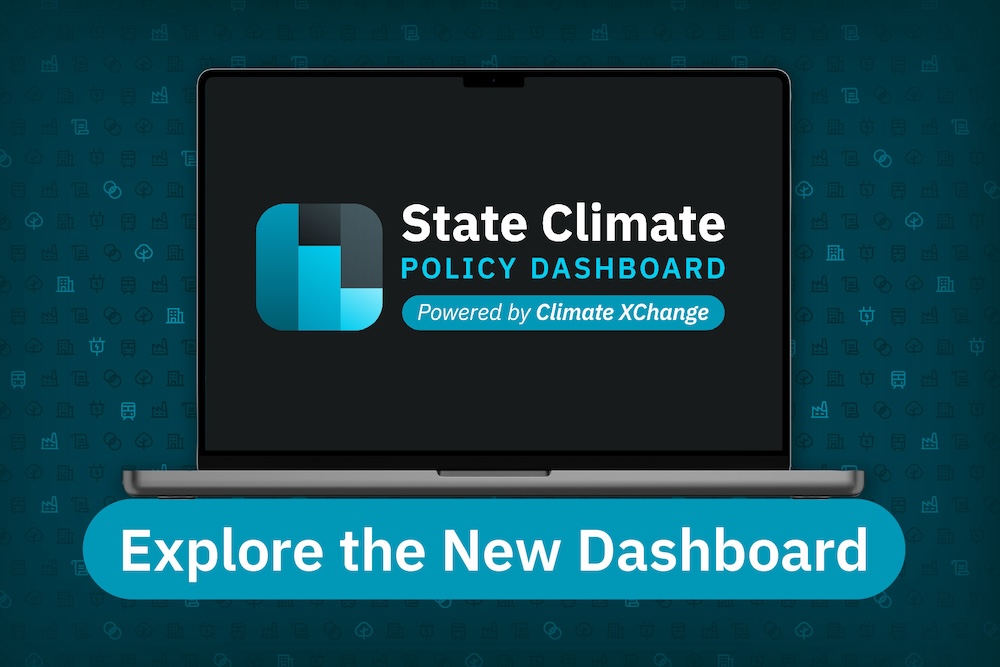WA child welfare agency sees surge in deaths, near deaths as budget shrinks – The Seattle Times

Report on Washington State Child Welfare Agency and Pediatric Care Facility Closure
Introduction
The Washington State Department of Children, Youth and Families (DCYF) recently announced the termination of its contract with the Pediatric Interim Care Center (PICC) in Kent due to reduced funding in the upcoming state budget. This decision comes amid a significant increase in the number of children involved in welfare cases who have died or nearly died, raising concerns about child welfare and health services.
Increase in Critical Incidents Among Children in Welfare Cases
- Between January 1 and March 31, seven children under DCYF review died, and 20 nearly died, totaling 27 critical incidents—triple the number recorded in the same period last year.
- More than half of these incidents were opioid-related, including 13 of 15 cases involving children under three years old.
- The opioid epidemic, particularly the prevalence of high-potency synthetic opioids like fentanyl, is a major contributing factor to these incidents.
SDG Emphasis:
- SDG 3: Good Health and Well-being – Addressing child mortality and health complications related to drug exposure.
- SDG 16: Peace, Justice and Strong Institutions – Strengthening child protection systems and welfare institutions.
Closure of the Pediatric Interim Care Center
The Pediatric Interim Care Center, operational since 1990, provides 24-hour care to medically fragile infants exposed to drugs. Despite its critical role, the facility is closing due to funding cuts:
- Governor Bob Ferguson vetoed a budget section that would have funded the PICC, citing fiscal challenges and federal funding cuts.
- DCYF Secretary Tana Senn confirmed the contract ended because of insufficient legislative funding.
- The facility has seen a decline in referrals from hospitals and DCYF, reducing the number of infants cared for annually from 100-150 to about 20.
SDG Emphasis:
- SDG 1: No Poverty – Supporting vulnerable infants exposed to drug-related harm.
- SDG 3: Good Health and Well-being – Ensuring access to specialized pediatric care for medically fragile infants.
- SDG 17: Partnerships for the Goals – Highlighting the need for collaboration between government, healthcare providers, and communities.
Political and Community Responses
- The House Republican caucus criticized the closure, urging reinstatement of funding and accusing DCYF of reducing referrals to justify ending the contract.
- DCYF clarified that hospitals are responsible for referrals and emphasized budget constraints and cost-effectiveness concerns.
- The PICC relies on legislative funding and community donations but receives no federal funds; community support has increased but may not suffice without referrals.
- Staff at PICC have longstanding commitment, with some employees having personal histories with the facility, focusing on family reunification.
- Lawmakers and advocates have called for reinstatement of the contract to enable further solutions.
SDG Emphasis:
- SDG 10: Reduced Inequalities – Advocating for equitable access to care for vulnerable children.
- SDG 16: Peace, Justice and Strong Institutions – Encouraging transparent and accountable governance in child welfare funding.
Agency Measures and Future Directions
- DCYF is adopting evidence-based models favoring “rooming in” at hospitals or transitional care homes with mothers for better infant outcomes.
- The agency conducts “safe child consults” for opioid-related cases involving children under three to determine appropriate care steps.
- Training for caseworkers is being enhanced to address common causes of fatalities, including malnutrition and medical complexity.
- Surveys and data analysis are underway to identify trends, gather employee insights, and locate geographical hotspots for targeted services.
SDG Emphasis:
- SDG 3: Good Health and Well-being – Improving child welfare interventions and health outcomes.
- SDG 4: Quality Education – Enhancing training and capacity building for social workers and case managers.
- SDG 11: Sustainable Cities and Communities – Using data to improve community-level child welfare services.
Conclusion
The closure of the Pediatric Interim Care Center amid rising child welfare crises highlights critical challenges in funding and service provision in Washington State. Aligning efforts with the Sustainable Development Goals, particularly those focused on health, well-being, and strong institutions, is essential to protect vulnerable children and improve welfare outcomes. Continued collaboration between government agencies, healthcare providers, legislators, and communities is vital to address these urgent needs and ensure sustainable child welfare systems.
1. Sustainable Development Goals (SDGs) Addressed or Connected
- SDG 3: Good Health and Well-being
- Focus on reducing child mortality and improving health outcomes for vulnerable children exposed to drugs and opioids.
- Addressing opioid epidemic and its impact on child welfare.
- SDG 1: No Poverty
- Indirectly related through the financial challenges faced by families and the state budget constraints affecting child welfare services.
- SDG 16: Peace, Justice and Strong Institutions
- Ensuring protection and safety of children under state care.
- Improving child welfare systems and accountability.
- SDG 10: Reduced Inequalities
- Addressing disparities in health and social services access for vulnerable children and families affected by drug exposure.
2. Specific Targets Under Identified SDGs
- SDG 3: Good Health and Well-being
- Target 3.2: End preventable deaths of newborns and children under 5 years of age.
- Target 3.5: Strengthen prevention and treatment of substance abuse, including narcotic drug abuse and harmful use of alcohol.
- Target 3.8: Achieve universal health coverage, including access to quality essential health-care services.
- SDG 1: No Poverty
- Target 1.3: Implement social protection systems and measures for all, including vulnerable children and families.
- SDG 16: Peace, Justice and Strong Institutions
- Target 16.2: End abuse, exploitation, trafficking and all forms of violence against and torture of children.
- Target 16.6: Develop effective, accountable and transparent institutions at all levels.
- SDG 10: Reduced Inequalities
- Target 10.2: Empower and promote the social, economic and political inclusion of all, irrespective of age, sex, disability, race or other status.
3. Indicators Mentioned or Implied to Measure Progress
- Child Mortality and Near Death Incidents
- Number of children involved in welfare cases who died or nearly died (27 critical incidents from Jan-Mar 2025).
- Number of opioid-related child deaths and near deaths, especially children under 3 years old.
- Trends in accidental ingestions and overdoses among children connected to child welfare services.
- Access to Specialized Pediatric Care
- Availability and utilization rates of pediatric care facilities like the Pediatric Interim Care Center.
- Number of referrals made by hospitals to specialized care facilities.
- Funding and Resource Allocation
- State budget allocation for child welfare programs and pediatric care facilities.
- Cost-effectiveness and efficiency of funding use in child welfare services.
- Quality of Child Welfare Services
- Implementation of “safe child consults” for opioid-related cases involving children under 3.
- Training and capacity building for caseworkers on causes of child fatalities and near fatalities.
- Identification of geographical hot spots and service improvements based on employee surveys.
4. Table of SDGs, Targets, and Indicators
| SDGs | Targets | Indicators |
|---|---|---|
| SDG 3: Good Health and Well-being |
|
|
| SDG 1: No Poverty |
|
|
| SDG 16: Peace, Justice and Strong Institutions |
|
|
| SDG 10: Reduced Inequalities |
|
|
Source: seattletimes.com

What is Your Reaction?
 Like
0
Like
0
 Dislike
0
Dislike
0
 Love
0
Love
0
 Funny
0
Funny
0
 Angry
0
Angry
0
 Sad
0
Sad
0
 Wow
0
Wow
0













































































